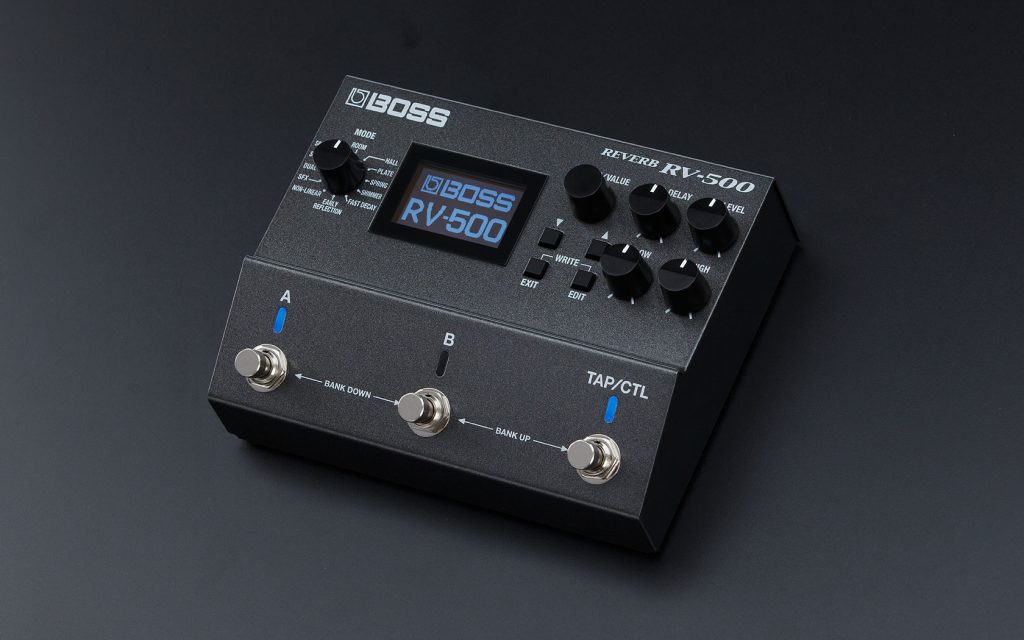Fuzz can be one of the most exciting pedals on a guitarist’s board. It’s a wild, expansive, explosive effect that can make bending a single note sound like a city getting leveled. In many ways, fuzz is a supercharged incarnation of overdrive or distortion. However, unlike those two effects, working it into a more extensive setup can be tricky. It can be challenging to position fuzz on a pedalboard, depending on the pedal. This issue isn’t necessarily a fault of fuzz. By its very nature, the colossal effect requires attention and careful implementation. Here are some powerful recipes for combining fuzz with other effects.
Pairing Fuzz
Due to their low impedance, analog fuzz pedals can be difficult to place anywhere other than first in your signal chain. The reason is that many analog fuzz pedals will react poorly to a buffered signal. Note that the BOSS FZ-1W should be placed first in the effects chain as it boasts a Hi-Z non-buffered signal. No matter what type of analog fuzz pedal a guitarist uses, it will sound best closer to the start of the signal chain. We can treat fuzz similarly to overdrive or distortion, positioning the effect ahead of any modulation, delay, or reverb.
"Treat fuzz similarly to overdrive or distortion, positioning the effect ahead of any modulation, delay, or reverb."
PEDAL COMBINATIONS
Octave
Fuzz is one of the wildest effects types. Pedals that work best with fuzz help tame and rein in its rougher elements while retaining, expanding, and sugar-coating the best bits. To that end, fuzz and octave together are a legendary pairing. Pedal builders have brought the two together in single stompboxes for decades, ever since Jimi Hendrix and his Octavia fuzz. Most octave fuzz effects tend to pair a fuzz and a +1 octave. Yet a sub-octave with a fuzz pedal is a great way to get some synthy, sludgy tones out of your fuzz pedal.
This pairing works in either order. To maintain clarity, run the octave into the fuzz pedal with the -1 octave blend at nearly full rotation and the clean blend at about 12 o’clock. Combining the two octaves will create interesting harmonics and a grinding texture. Great for massive sludgy riffs and huge chords.
Recommended Pairings
- BOSS FZ-1W and OC-5
- BOSS FZ-5 and OC-5
Reverb
Some of the best tones to create with a fuzz pedal are the nastiest. They can be brittle, jarring, and caustic on their own. But paired with a reverb, softening the edges of the nastiest tone is possible. This allows the player to make the most of their fuzz pedal without it sitting awkwardly in the mix.
In this instance, use the reverb sparingly. A room or hall setting on a reverb pedal can add depth and subtlety to the fuzz without altering its overall tone. This pairing works exceptionally well for solos and lead work in a high register where fuzz can sound especially dry. In these cases, adding a reverb can act as a cushion for the fuzz.
Recommended Pairings
- BOSS FZ-1W and RV-6
- BOSS FZ-5 and RV-500

"The simple addition of a room or hall setting on a reverb pedal can add depth and subtlety to the fuzz without altering its overall tone."
Wah
Wah and fuzz may be the ultimate effects pedal collaboration of all time. Steeped in legendary examples, fuzz and wah have been centerstage since Jimi Hendrix’s seminal “Voodoo Child (Slight Return).”
This pairing can work in either order. However, opting to run the wah pedal into the fuzz is a great way to push the extremes of the wah’s nasal, ear-piercing, mid-focused capabilities. The fuzz pedal acts as an exciter for the wah. While this can be tricky to control, learning to identify the sweet spot of this pairing’s tonal character can open the door to unique, powerful, and legendary guitar tones.
Recommended Pairings
- BOSS FZ-1W and PW-3
- BOSS FZ-5 and PW-3
Malleable Aggression
All these options and more are at one’s fingertips with fuzz. Its ability to be incredibly aggressive and a malleable tool makes it ideal for countless scenarios. It can be the backbone of your guitar tone and an ideal pedal for building complex new sounds by pairing it with virtually any other effects type.






